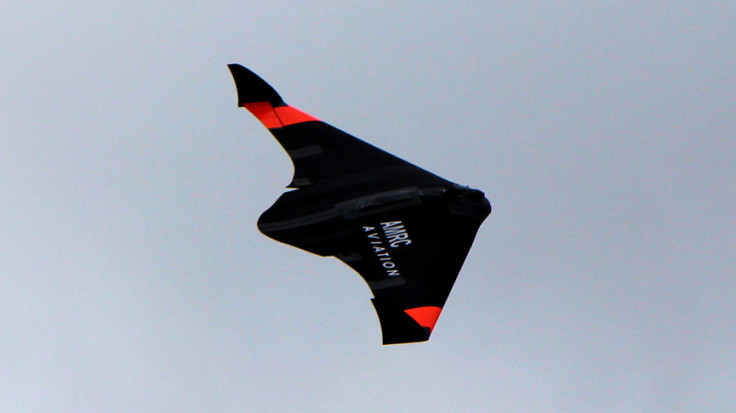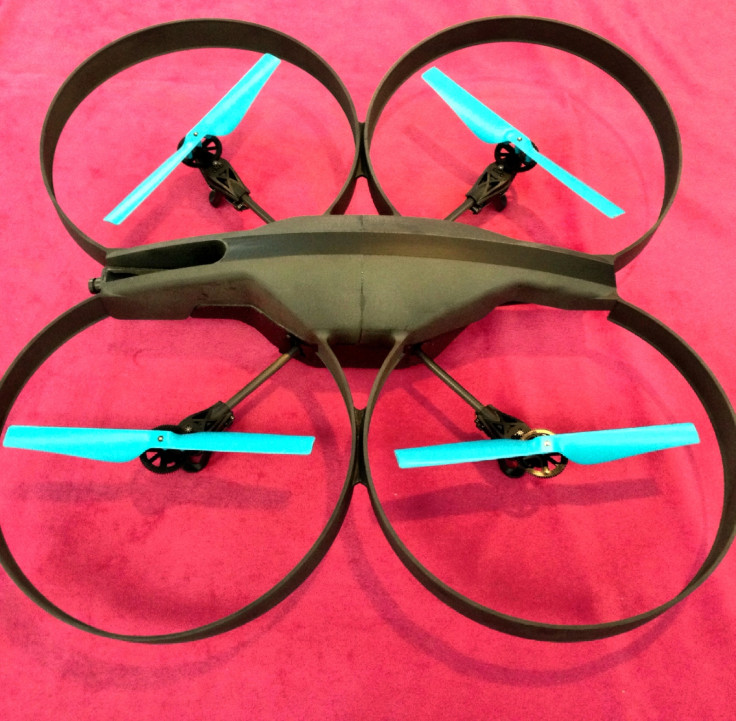Drones might be getting smaller but 3D printing technology can make them faster and lighter

The past two years has seen the unmanned aerial vehicle (UAV) industry transform from being a military tool and a niche aerial hobbyist aircraft to a technology that has a wide number of commercial and consumer use cases.
This has come about due to the advent of much smaller UAVs, or rather drones that weigh less than 20kg, which has finally convinced authorities around the world that they are safe enough for widespread use.
However, although they are light, drones are about to get a lot lighter still as 3D printing technology is now being trialled to speed up prototyping and production, and the materials being developed are even better than those used in consumer and professional drone rigs today.
In the UK, aerospace and defence manufacturer Boeing is working with the University of Sheffield to research and develop complexly designed UAVs more cheaply using 3D printing, which is also known as additive manufacturing.
The engineers have succeeded in using Fused Deposition Modelling (FDM), a type of 3D printing technology, to print out all the components needed in a drone, including the catapult rig used to launch it into the air.
The drone consists of nine 3D printed thermoplastic parts that snap together. It features blended winglets and is powered by an electric ducted fan propulsion system incorporated into the airframe's central spine.
"We'd like to use this kind of thing to show novel manufacturing methods. It's still heavier than drones that use a foam wing, but the benefit is that you can quickly change it," Dr Garth Nicholson, principal design engineer of Sheffield University's Advanced Manufacturing Research Centre with Boeing's Design Prototyping and Testing Centre, told IBTimes UK at the SkyTech 2015 drone trade show in London.
"We envision that in a humanitarian situation with a number of pilots who could only bring a limited number of spare parts of them, they could have a 3D printer in the field to print parts, or replace and put in different sensors that they need at the time.
"The benefit would be that you could also quickly rip it up, dispose of it safely and produce a new completely new rig in less than 24 hours."
Using CarbonSLS to build drones
Other companies, such as Buckinghamshire-based firm Graphite Additive Manufacturing is looking into Selective Laser Sintering (SLS), another 3D printing technology, in order to produce lighter drones.

"We've developed a material called CarbonSLS which uses a nylon powder with added carbon fibre strands. It was developed for use in Formula One racing cars, so it's strong and it's light," Keith Haynes, project manager of Graphite Additive Manufacturing, told IBTimes UK, also speaking at SkyTech 2015.
"By using CarbonSLS, we were able to save at least 25% in weight by replacing the frame of this quadcopter drone with a frame made from our material.
"It flew just as well as the original, but even easier to control as it's moving less weight around."
The firm was set up two years ago by Kevin Lambourne, who formerly worked for Red Bull Racing to provide 3D printed parts to build Formula One race cars, so the materials developed have had to be very tough.
Haynes said: "We've come from a motor sports background and it's not something we planned to go into, but we've had so many requests from the military, aerospace companies and small drone businesses about using our material to build drones that we're now actively promoting it."
© Copyright IBTimes 2025. All rights reserved.






















